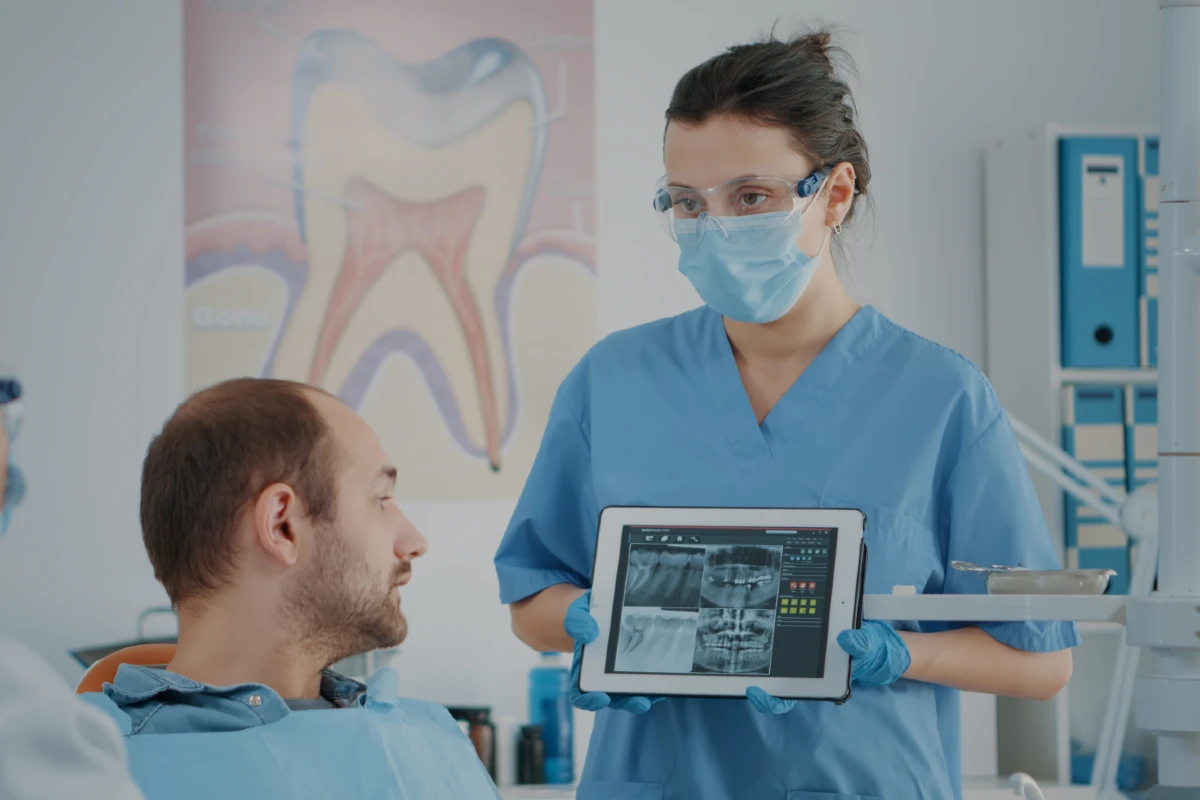We use cookies to help provide you with the best possible online experience.
By using this site, you agree that we may store and access cookies on your device. Cookie policy.
Cookie settings.
Functional Cookies
Functional Cookies are enabled by default at all times so that we can save your preferences for cookie settings and ensure site works and delivers best experience.
3rd Party Cookies
This website uses Google Analytics to collect anonymous information such as the number of visitors to the site, and the most popular pages.
Keeping this cookie enabled helps us to improve our website.
Tests and Results
Your Results
You can now see your test results online via Patient Access rather than phoning or visiting reception. Please ask reception for details of how to apply.
For hospital results please use NHS My Planned Care to contact the correct hospital department.
If you are phoning regarding test results, please phone between 11am and 1pm or between 5pm and 6:30pm.

Blood Tests
Please contact the surgery one week after you have had a blood test if you have not heard from us. Some tests can take up to four weeks to come back. Certain test results will be visible on the NHS App.
A blood test is when a sample of blood is taken for testing in a laboratory. Blood tests have a wide range of uses and are one of the most common types of medical tests. For example, a blood test can be used to:
- Assess your general state of health
- Confirm the presence of a bacterial or viral infection
- See how well certain organs, such as the liver and kidneys, are functioning
A blood test usually involves the phlebotomist taking a blood sample from a blood vessel in your arm and the usual place for a sample is the inside of the elbow or wrist, where the veins are relatively close to the surface. Blood samples from children are most commonly taken from the back of the hand. The child's hand will be anaesthetised (numbed) with a special cream before the sample is taken.
X-Ray
An X-ray is a widely used diagnostic test to examine the inside of the body. X-rays are a very effective way of detecting problems with bones, such as fractures. They can also often identify problems with soft tissue, such as pneumonia or breast cancer.
If you have an X-ray, you will be asked to lie on a table or stand against a surface so that the part of your body being X-rayed is between the X-ray tube and the photographic plate.
An X-ray is usually carried out by a radiographer, a healthcare professional who specialises in using imaging technology, such as X-rays and ultrasound scanners.
Find more information about x-rays and how they are performed online